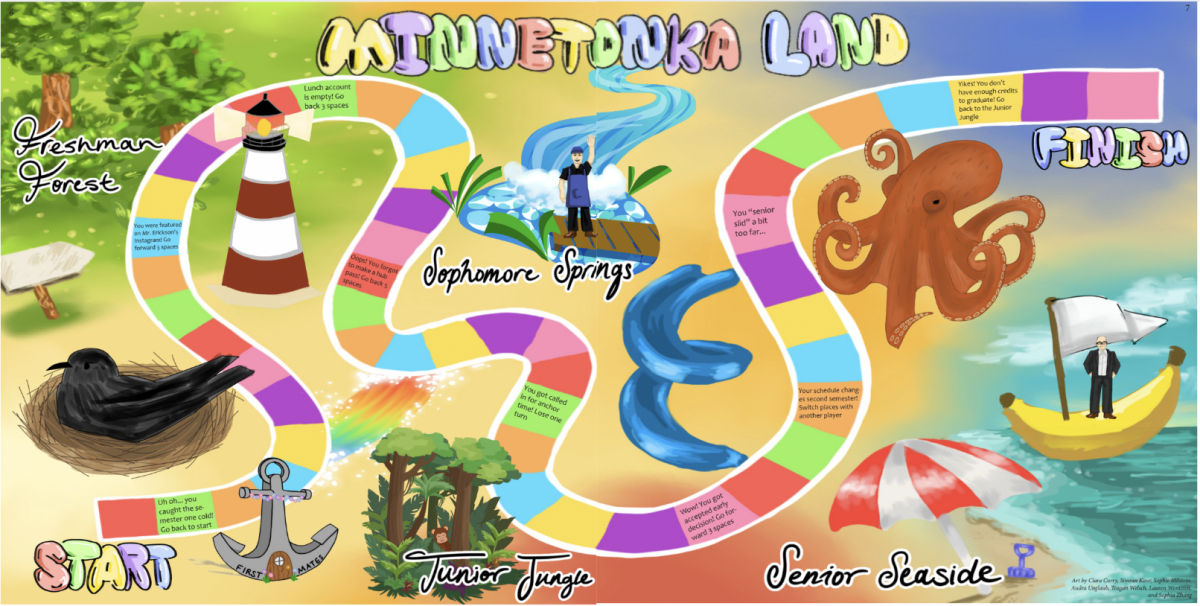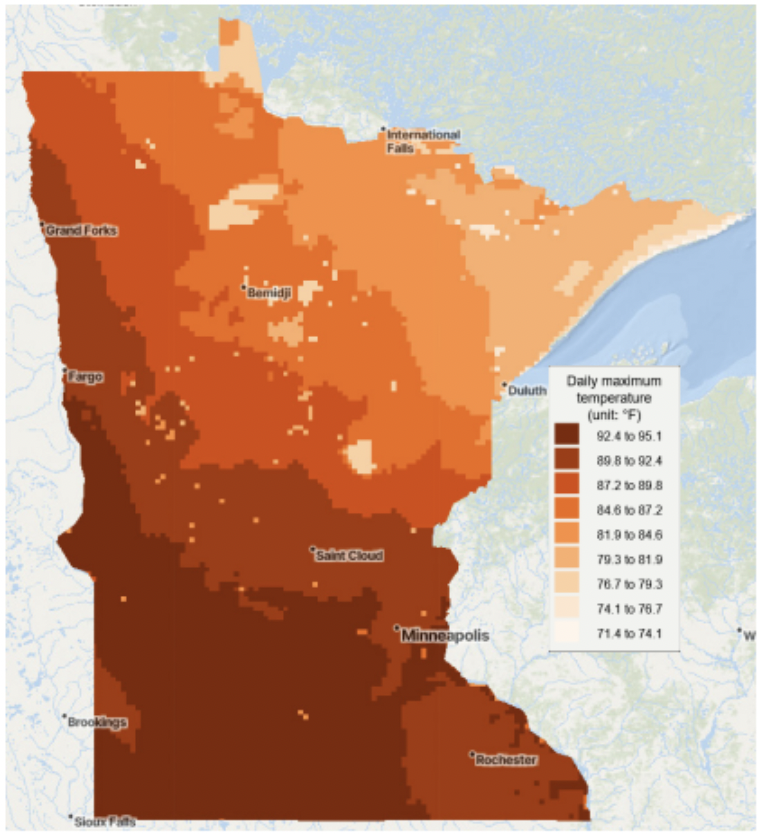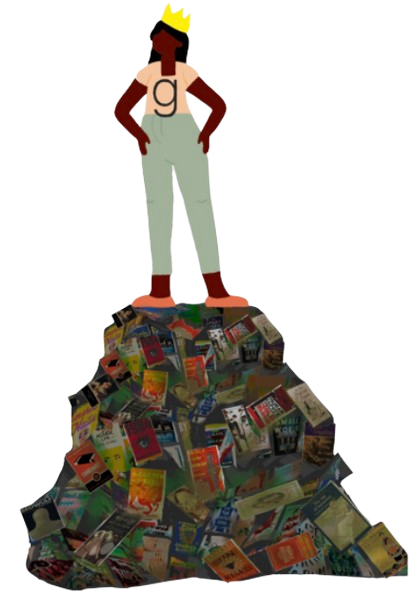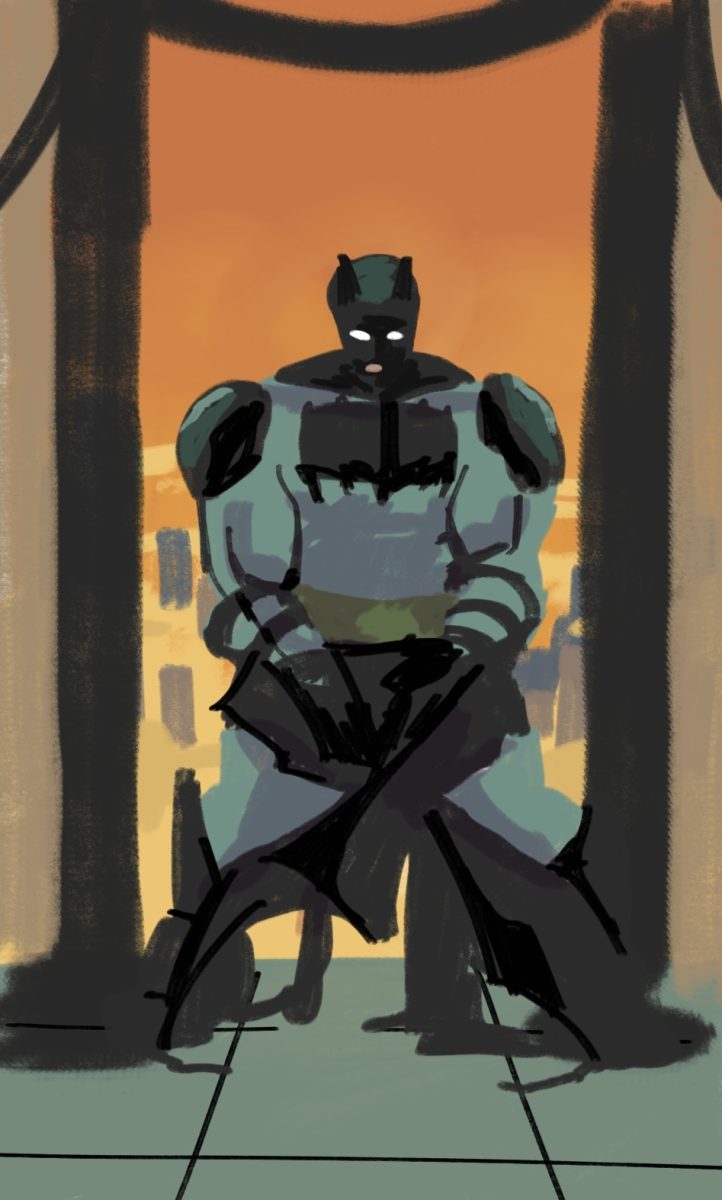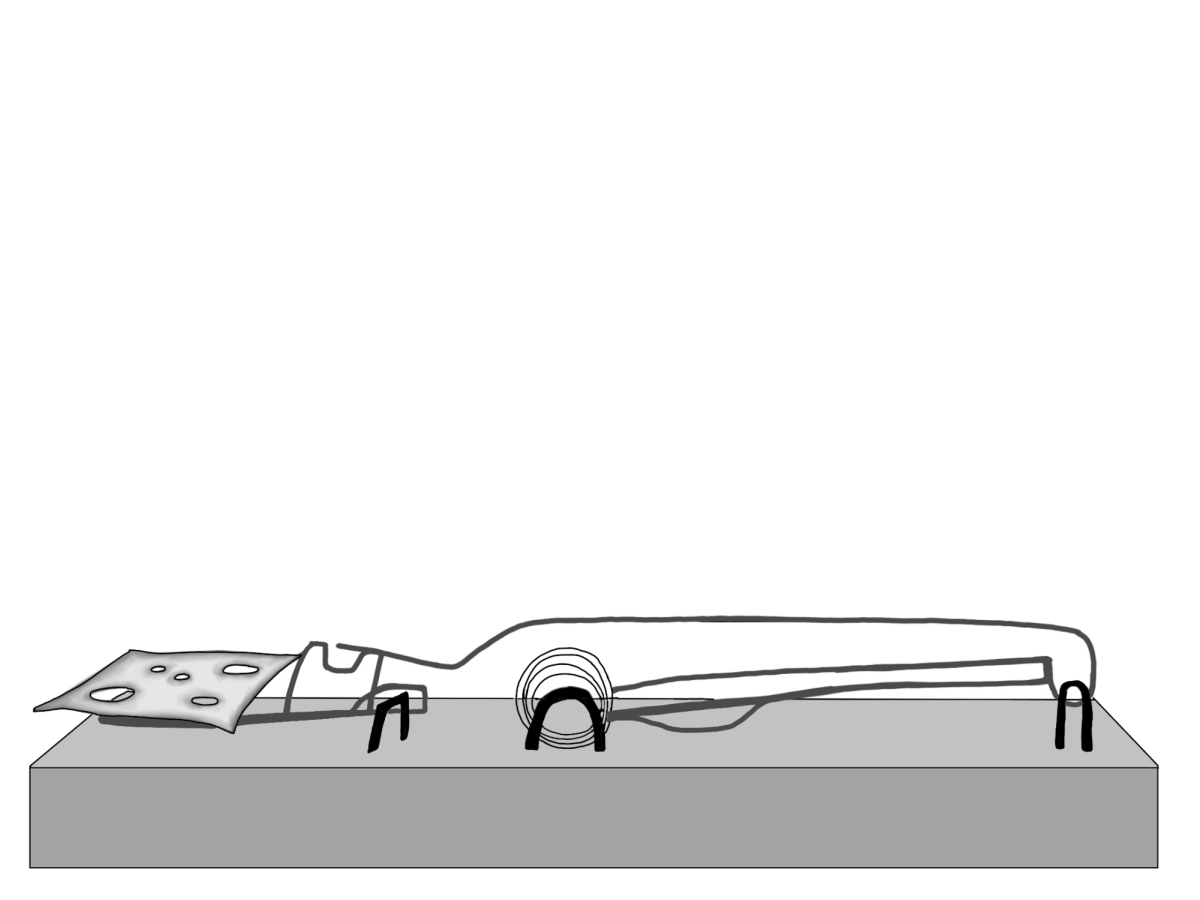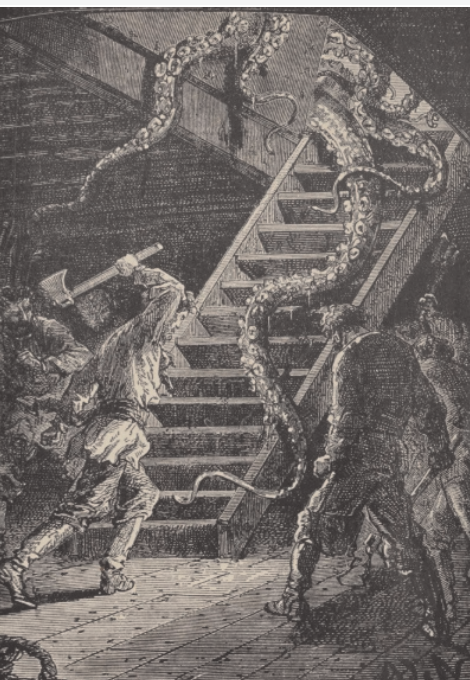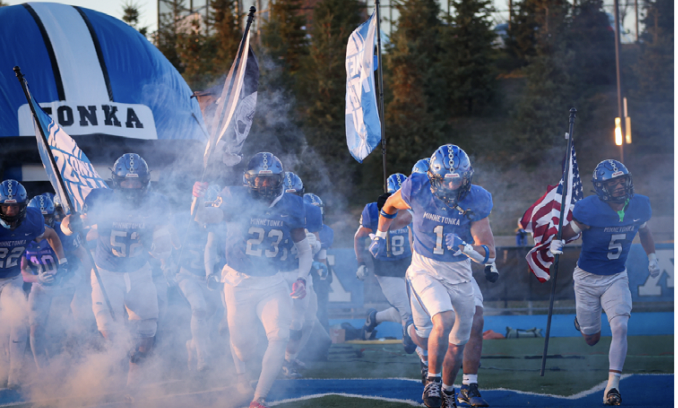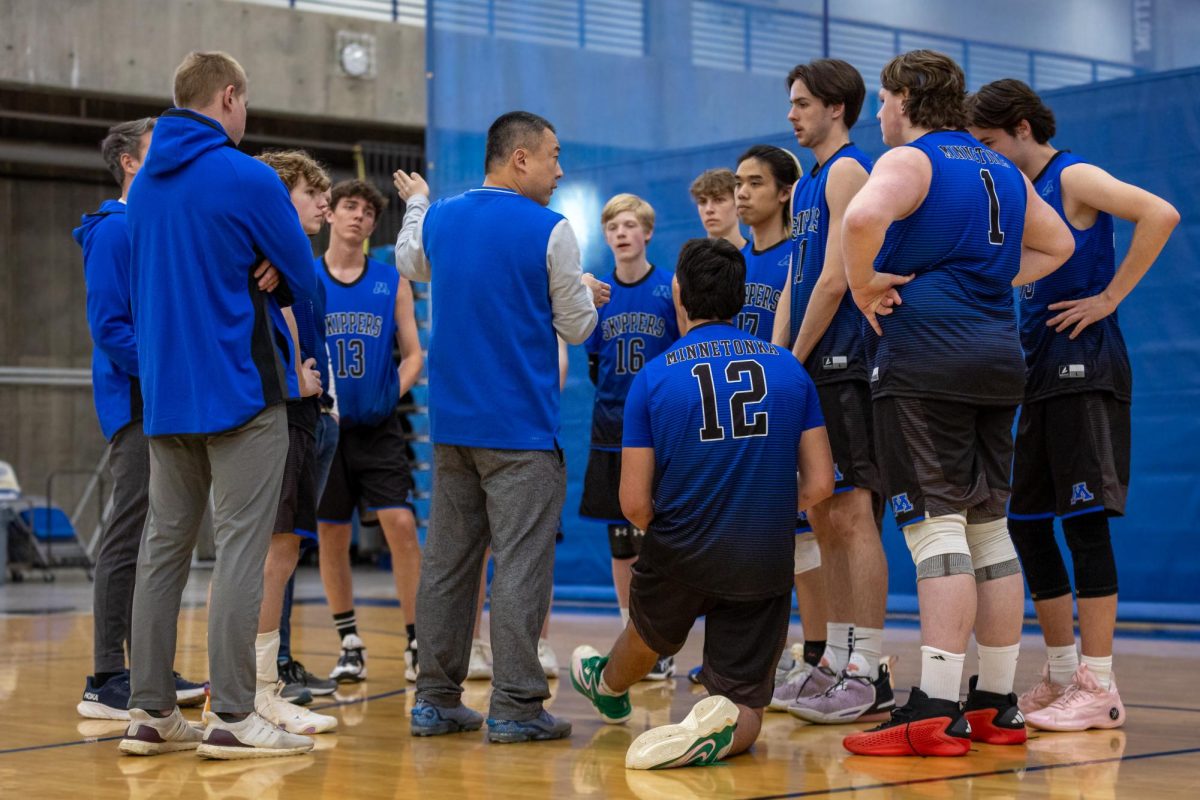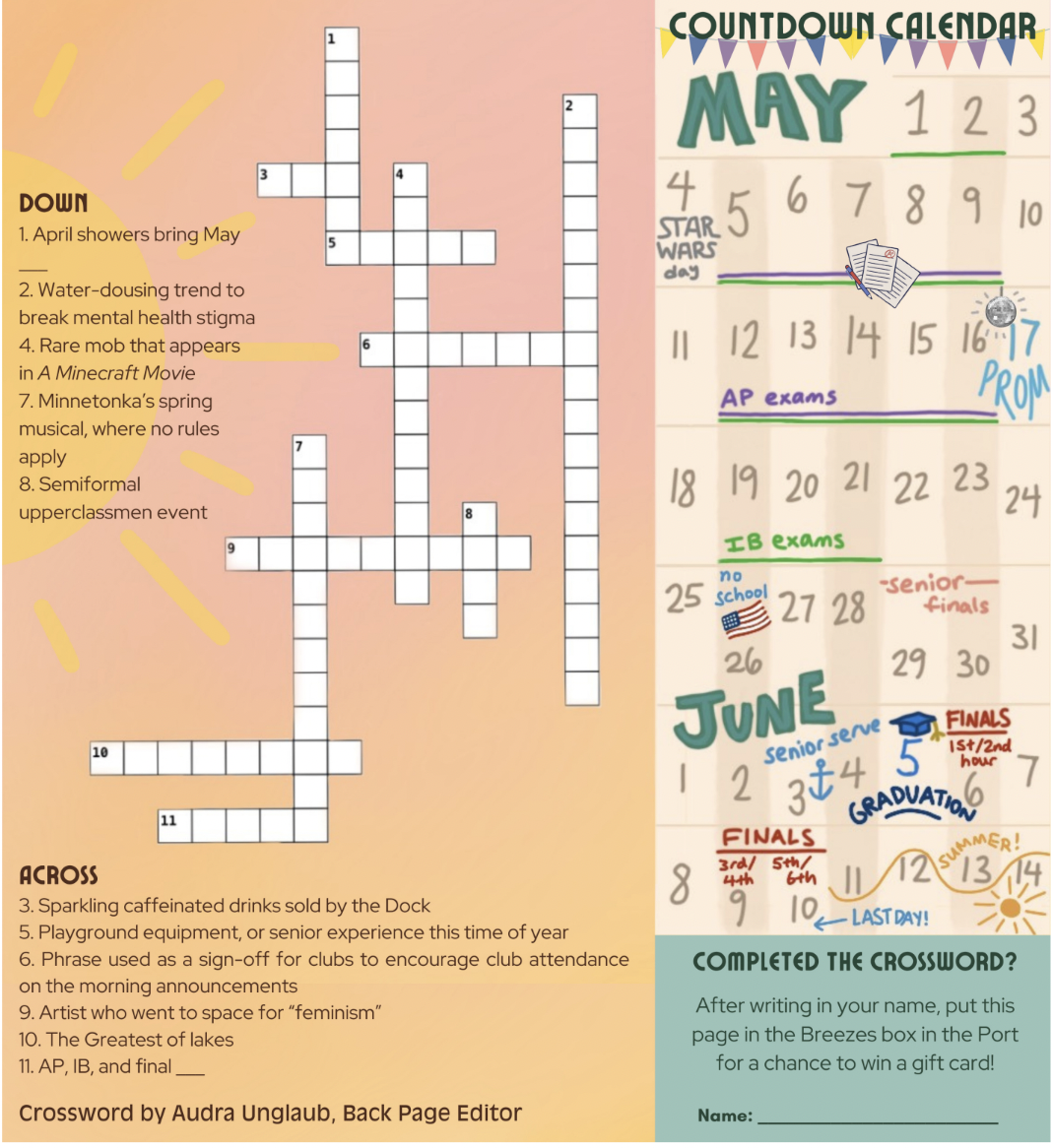The Importance of Teaching Trades in High School
February 12, 2021
Not every student thrives in a lecture hall. While many Minnetonka students keep their high school career fully academic, others students find joy in hands-on learning and real-life scenarios. The rise of Minnetonka High School’s MOMENTUM program has highlighted the importance of teaching practical life skills before students decide to attend college, namely through its focus on trade careers. As the program continues to grow, so does the number of students enrolled, showing that maybe high schools should have been teaching trade skills from the very start.
A trade career is one which requires skills and training obtained outside of a conventional bachelor’s degree. This type of skilled labor is best for people who enjoy a hands-on approach to their work and would like to enter the workforce earlier. Tradespeople usually attend a vocational school specializing in a certain trade rather than spending four years at a university.
Some examples of high-paying trades including nursing, radiation therapy, landscape design, and construction. Trades pathways offered by the MOMENTUM program at MHS include Architecture, Automotive, Engineering, and Manufacturing. Overall, a trades career offers the practical skills that a student may not learn in college.
Many students are encouraged to attend college right out of high school and obtain a degree after four years of study, but this isn’t the path every student wants to follow. Some would rather learn a trade either during or after high school. If students have a chance to develop their interest in the trades pathway while in high school, they will have a clearer path for the future after MHS.
“It is very important [to teach trades in high school],” said Matt Breen, a former innovation coach and district guiding team member for MOMENTUM. “The reality is that [trade-centered] interests are becoming clearer and clearer for students.”
Students wholeheartedly agree.
Claire Acheson, ‘22, said that “it is important to teach trades in high school” because “it can help students get a feel for what they potentially want to do in the future.”
If a trade program isn’t offered, students may end up going to a four year university and realize too late college is not for them. With a trades program in high school, more students will be able to discover their passions and take early steps to get a job in their field of interest.
If students pursue what they want to learn rather than attend classes they lack interest in, they will likely have more success in high school. This can benefit both the student body and the school.
“If they expanded the trades program, I just think people would […] love to go [to school] more […] which would contribute to a more positive and happier culture all around,” Acheson said.
By entering the trades, students may also be able to get a job faster than their peers who plan on going to a four year university, due to the shortage of workers in these fields.
The National Center for Education Statistics reported that “the goals of vocational education have expanded to include preparing students not only for entry into work but also for career advancement and entry into further education and training,” meaning that schools are preparing students to get a job after school.
Furthermore, the National Student Clearinghouse Research Center reported in 2011 that after four years in a public university, only 41% of students had completed their credential. By six years in school, 69.6% had graduated. For many, four or six years is a long time to work towards a degree they may not complete.
The MOMENTUM program at MHS helps students prepare for a trades career.
Students might be able to get a job right out of high school or attend a trade school.
Breen believes that “the more you learn in high school, the clearer your path becomes for what you want to do after high school.”
When students are put into a MOMENTUM classroom, they are learning things that they want to learn and that will help them make their path more clear in the future.
MOMENTUM also brings in industry professionals to get feedback on the curriculum, similar to what the VANTAGE program does.
Breen explained that they “have an advisory team, so [they] have industry professionals who are providing input and feedback for [them] on [their] programming.”
This connection to professionals in the trades can help students forge new connections within the industry, which has the potential to help them in the future. Establishing a connection with the professional world can lead students to greater success in the field by providing them with job offers or help with better understanding their craft.
The MOMENTUM program provides students with a different type of learning, one that many might find fascinating, interesting, and useful.
Acheson said that if her fellow students were more interested in what they were learning, “they would be a lot more willing to learn, [and] they would be a lot happier.”
Some students don’t always find their passion in a classroom. It takes a different type of teaching as well as the opportunity to study different subjects to connect students with their individual interests. Once this happens, students will be able to continue with what they want to learn, leading to excellence in school and the real world.





